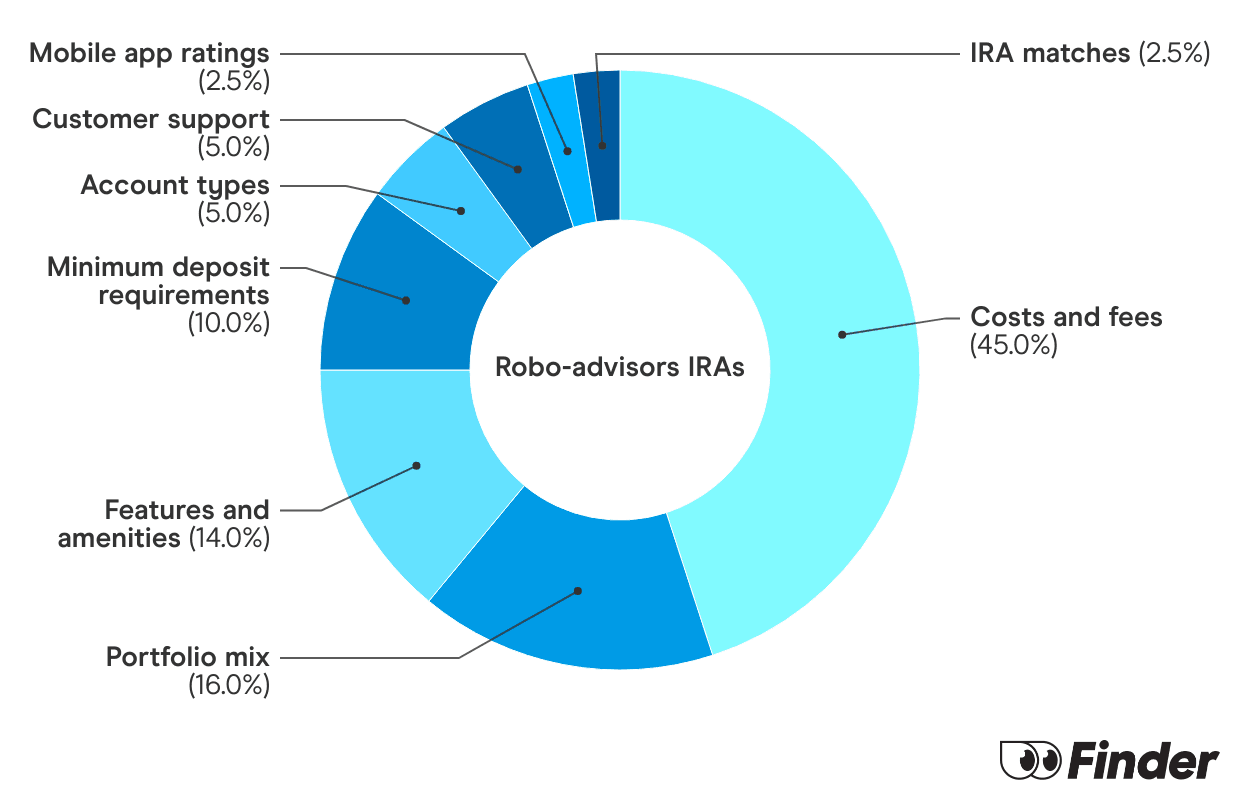There’s no universal retirement number where you can say goodbye to your job and head towards warmer weather without worrying about running out of money. While the average retirement age is generally 65 for men and 63 for women, according to the Center for Retirement Research at Boston College, this isn’t a magic number for everyone. Instead, your retirement age relies heavily on when you’ll get Social Security benefits, your expenses and how much you have saved in your nest egg.
How to calculate your retirement number
The first step to determining when you can retire is figuring out when you become eligible for full Social Security retirement benefits. The Social Security Administration has a convenient retirement age calculator that can tell you what age you’ll become eligible for unreduced payments.
Although you can start collecting retirement benefits as early as age 62, your payments will be reduced. For example, if you were born in 1960 or later and retire at 62, you’d only receive 70% of the entire Social Security benefit amount. At age 65, you may get 86.7%, but if you wait until age 67, you will get the full amount.
Rules of thumb
Your retirement age can vary for many reasons, including health, job availability and simply whether you can afford to stop working. When determining when you should retire, consider how much you’ll need to support yourself in retirement.
There are two primary ways to calculate how much money you’ll need to retire:
Based on income
The income method is a straightforward way to calculate how much you need to retire. Take your current income and multiply it by 10, according to Fidelity Investments. For example, someone who makes $60,000 a year may need to save $600,000 to retire at age 67, whereas someone accustomed to making $80,000 a year might need $800,000 to retire.
A few fundamental assumptions for this calculation include:
- Social Security benefits. This calculation takes into account that you’ll receive full Social Security retirement benefits. If you’re born in 1960 or later, this means retiring at age 67.
- No pension. The target retirement number assumes you won’t get any pension income.
- 45% income replacement. This method presumes that you’ll only use 45% of your pre-retirement income, excluding Social Security.
Based on expenses
The expense method is a bit more labor-intensive. Your retirement number is based on covering your expenses in retirement. Here’s how to calculate your retirement number:
- Write up a detailed monthly budget of your current expenses.
- Make adjustments for retirement, including potentially paying off your mortgage or traveling.
- Subtract your Social Security benefits and other sources of income from your total expenses.
- Multiply by 25 to get your retirement nest egg number.
This calculation uses the 4% withdrawal method. That means that for the first year of retirement, you’ll withdraw 4% of your retirement nest egg. Every year after that, you should adjust for inflation. Some financial planners prefer using a more conservative 3%, while others, like retired financial advisor William Bengen, advocate for 4.5% or 5%.
What the 4% withdrawal rule might look like
Suppose you have a $300,000 retirement nest egg. The 4% rule says that you’ll withdraw $12,000 in your first year of retirement, giving you $1,000 per month, on top of Social Security and other income sources.
If inflation in that first year were 2%, you’d multiply $12,000 (your initial withdrawal) by 1.03 to determine your withdrawal for the next year, accounting for inflation. So you’d withdraw $12,360 for year two. And if inflation in year two is 3%, you’d multiply $12,360 by 1.03 and withdraw $12,730.80 for year three.
What to consider
Aside from your savings, other factors that may speed up or delay your retirement include:
- Your full retirement age. Since these calculations assume that you’ll receive your full Social Security benefits, you might need to save a bit more if you choose to retire earlier and take Social Security right away.
- Debt. If you still have debt payments, you’ll need to account for this expense or push your retirement number.
- Other sources of income. Other sources of revenue, including 401(k)s, individual retirement accounts (IRAs), pensions, investment portfolios and Social Security benefits, can reduce the need for a larger nest egg and potentially let you retire earlier.
- Where you retire. If you’re considering moving to a more expensive or more affordable area, your retirement number should match your new expenses.
- Changes in current living expenses. Consider how your retirement lifestyle will change, including whether you want to travel more or upgrade to a more luxurious standard of living. If you intend to live it up in retirement, you might need to accelerate your savings or hold off retiring for a few years.
- Taxes. Some retirement plans, including 401(k)s and IRAs, may be taxable during withdrawal, which can eat into your income. Be sure to consider your tax liabilities during retirement when determining your take-home income.
Compare retirement accounts
What is the Finder Score?
The Finder Score crunches 147 key metrics we collected directly from 18+ brokers and assessed each provider’s performance based on nine different categories, weighing each metric based on the expertise and insights of Finder’s investment experts. We then scored and ranked each provider to determine the best brokerage accounts.
We update our best picks as products change, disappear or emerge in the market. We also regularly review and revise our selections to ensure our best provider lists reflect the most competitive available.
Read the full Finder Score breakdown
Paid non-client promotion. Finder does not invest money with providers on this page. If a brand is a referral partner, we're paid when you click or tap through to, open an account with or provide your contact information to the provider. Partnerships are not a recommendation for you to invest with any one company. Learn more about how we make money.
Finder is not an advisor or brokerage service. Information on this page is for educational purposes only and not a recommendation to invest with any one company, trade specific stocks or fund specific investments. All editorial opinions are our own.
Bottom line
Calculating your retirement number is a good start for tracking where you are with your retirement goals and how much you’ll need to leave your job. Fortunately, it’s never too late to dive into retirement plans to start saving for the future.
Frequently asked questions
When should I hire a financial planner?
You might want to hire a financial advisor when you’re five to 10 years away from retirement. A financial planner can help you:
- Stay on track with your retirement goals
- Offer advice on growing your investments
- Minimize your tax liabilities
- Pinpoint when you are ready for retirement
How do I account for inflation in retirement?
When you include inflation in your retirement withdrawals, you’d need more money than you did in the previous year. In other words, after your first year of retirement, you should check the average inflation rate of that year and multiply it by your last year’s withdrawal amount. This is the extra amount that you’d need to account for inflation.
For example, suppose you withdrew $15,000 for your year one. Since the inflation rate for the last 12 months is about 1.4%, you’d need to add $210 ($15,000 x 0.014) to your initial withdrawal. So your total withdrawal for year two would be $15,210 ($15,000 + $210) after accounting for inflation.
More guides on Finder
-
5 best Roth IRA investments [with insights from CFPs]
The best Roth IRA investments may include a mix of index funds, dividend stocks, bond funds and other long-term investments.
-
5 Best Sep IRA Providers of 2024
Explore the pros and cons of the best SEP IRAs and learn how to open one of these accounts.
-
6 best rollover IRA accounts of 2024
Explore the advantages and shortcomings of the best rollover IRAs for beginners, mobile trading, advanced traders and more.
-
How to retire early – 5 steps to early retirement
Learn how to retire early with practical steps, age-specific advice and insights for a secure future.
-
Beagle review 2024: Find all your old 401(k)s once and for all
See how Beagle can find all your old 401(k)s, uncover hidden 401(k) costs and roll over your accounts.
-
Retirement investing
What you need to know to start building your retirement nest egg.
-
9 best Roth IRA accounts of 2024
Check out our picks of the best Roth IRA accounts for beginners, options traders, hands-off investors and more.
-
9 best IRA accounts of 2024 if you’re saving for retirement
Check out our picks of the best IRA accounts for beginners, options traders, hands-off investors and more.
-
How to find your old 401(k): 4 ways and what to do next
National databases can help you uncover lost funds, but you’ll want a safe place to store them.
-
Capitalize review 2024: Free 401(k) search service
See if Capitalize’s free 401(k) search and rollover service is right for you.
Ask a question

